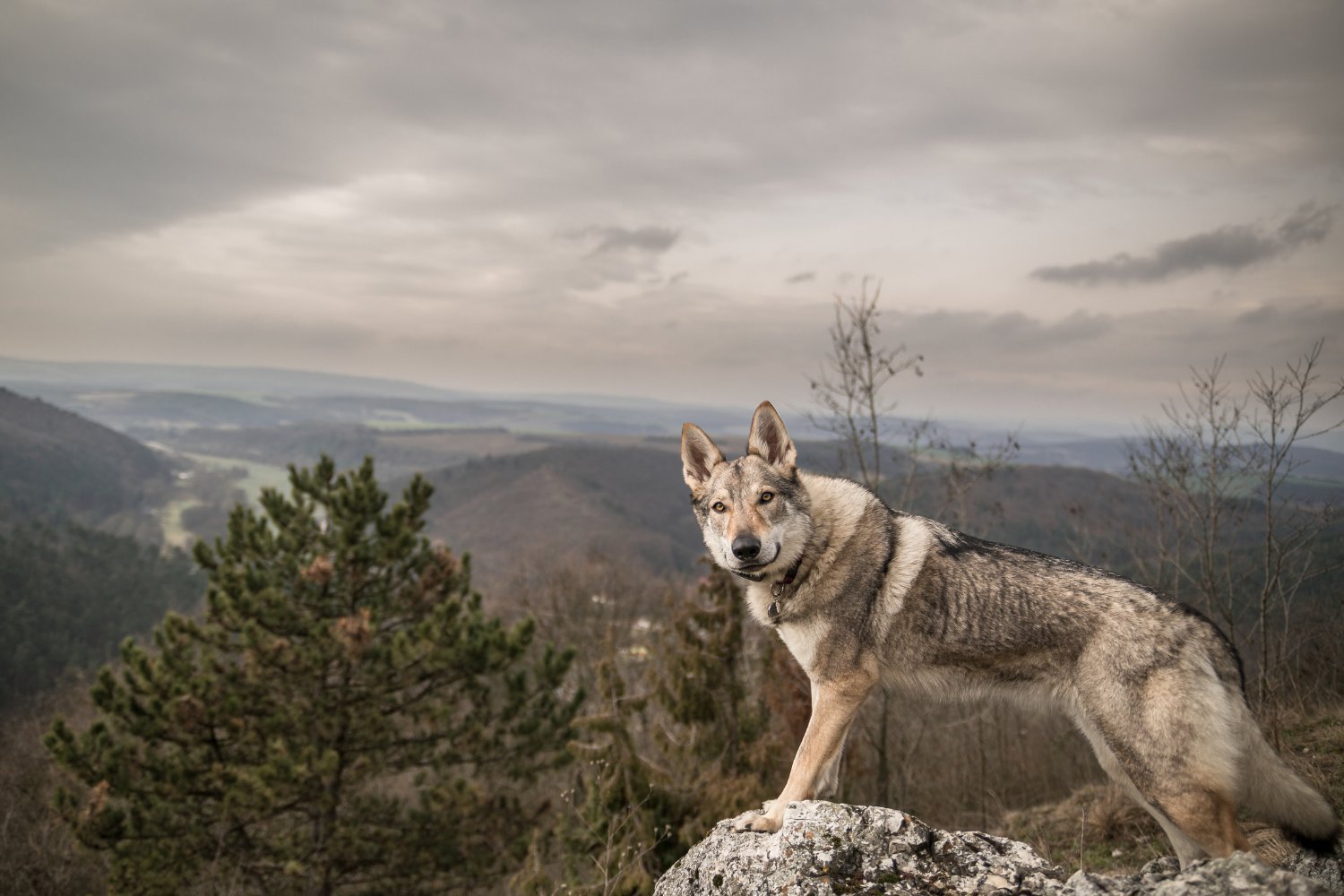This weird-looking thing is a Sichuan takin. It’s what happens when you let a bunch of sheep loose on the mountain ranges of Tibet for a few thousand years. It has a huge schnoz for the same reason the penguin has a unique set of feet. Find out what these unique animals have in common.
A takin weighs over six hundred pounds and has horns like butcher’s hooks. It would probably be a lot scarier if its nose didn’t look like it was wearing a bigger, plusher version of itself as a nose-cozy. These animals have giant schnozes, and when scientists looked into the matter they found that the noses have something in common with an animal as unlike the takin as it is possible to be.
Penguins spend their days placing their bare feet directly on ice, without those feet freezing off. Although there are fish that manufacture a kind of “anti-freeze” in their blood to keep from freezing solid, penguins don’t have the same internal chemistry. Instead both penguins and takins have internal plumbing. By constantly circulating blood through their feet, penguins can keep their feet a couple of degrees above freezing. The real problem is what happens when that blood comes back into the body. Heating it up again will drain the penguin of energy, and fast. So before the penguin’s blood rushes from their feet back into their body, it passes very close by the network of other blood vessels going out into the feet. These outgoing vessels are full of warm blood which cools down, and transfers its heat to the incoming blood. The cooled blood keeps the feet just-barely-warm-enough, while the incoming blood is warmed enough to not slowly drain the penguin of both heat and energy.
The takin, meanwhile, is insulated with hooves and hair. It doesn’t really have to circulate much of its blood in an area that’s exposed to the cold. However, it is vulnerable to the cold in a different area – its lungs. Taking in huge lungfuls of oxygen-poor, freezing-cold air could drain the takin of its energy or its body heat, or both. When scientists looked inside the takin’s giant nose, guess what they found? Again, there was a network of blood vessels. The blood in these vessels kept the takin’s nose at a tolerably warm temperature. More importantly, it heated the incoming lungfuls of air, keeping the takin as warm as possible.
These two animals have little else in common. Their closest tie is that they both live in a cold climate. But this one tie produced a remarkably similar system. Each animal cooled down its outgoing blood, and used it to warm up incoming blood or air. Each animal came up with, essentially, a heat-recycling system – an internal plumbing that keeps as much heat as possible circulating inside the body and exposes as little heat as possible to the outside environment.
Image: Valerie Everett













